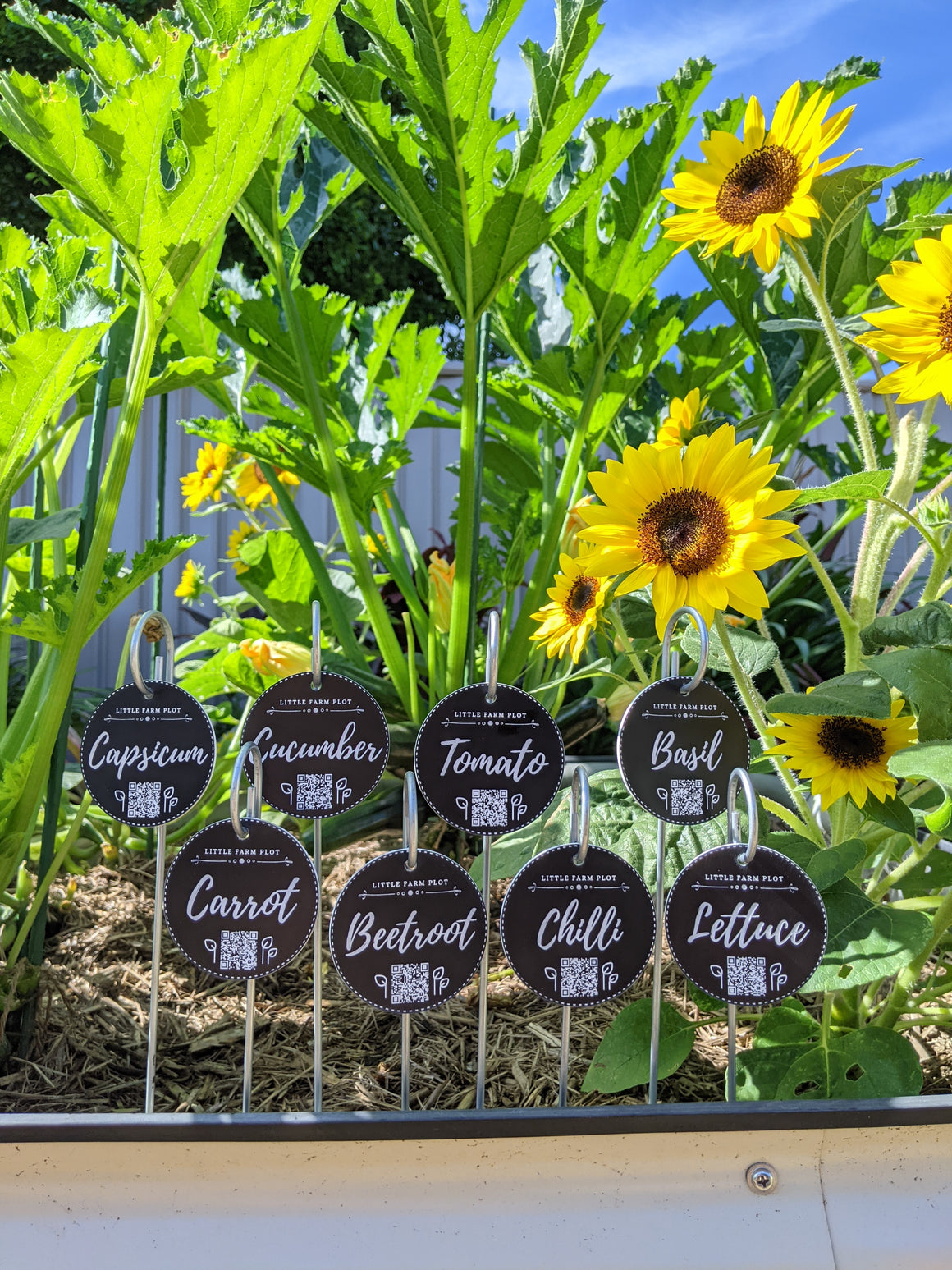WE ARE CURRENTLY NOT TAKING ONLINE ORDERS. CONTACT US FOR PURCHASE ENQUIRIES.
Growing Guide: Parsley
Parsley, the best garnish in the west but it certainly has a questionable past! The Greeks used it to decorate their tombs and old English folklore also associated parsley with death. It was said only a witch or a pregnant woman could grow parsley and if parsley was transplanted it would bring misfortune upon the household. We're glad its now revered for its nutritional value and a must have in an edible garden.
Plant
- Parsley grows well in pots or in the vege plot. It is a very decorative plant with rich green foliage which makes it a good choice for container growing alongside flowering plants.
- Parsley is a biennial, meaning it will complete its life cycle over two years. When your parsley flowers this is a sign it is at the end of its life cycle. Remove flowers to prolong the harvest period.
- Choose a full sun to part shade position.
- Plant alongside beans, tomatoes and onions.
Grow
- Water regularly and feed at least monthly with a liquid fertiliser.
- Apply a layer of organic mulch around the base of the plant to prevent it from drying out.
Harvest and Use
Parsley is a rich source of vitamins, iron and minerals. It is a popular herb to cook with and enhances the flavour of other foods and herbs. Add just before the end of cooking to obtain the best flavour.
- A surprising use for parsley is a natural head lice killer! Make a brew of parsley tea with leaves and seeds, once cool enough, pour it over the head and let it dry naturally.
- Chew on fresh parsley to freshen your breath. It is said to even be able to mask the smell of garlic.
Varieties
There are two common varieties of parsley based on the leaf of the plant. Both are perfect for culinary uses but both are very different looking plants.- Curled Parsley - Most common variety used for garnish. A vigorous, compact and decorative plant with rich deep green leaves.
- Italian Flat Leaf - Long upright stems with large flat leaves. A stronger flavour making it a good culinary choice.
Sign up for special VIP offers & be the first to know when we launch new products!
© 2025 Little Farm Plot.
Powered by Shopify




